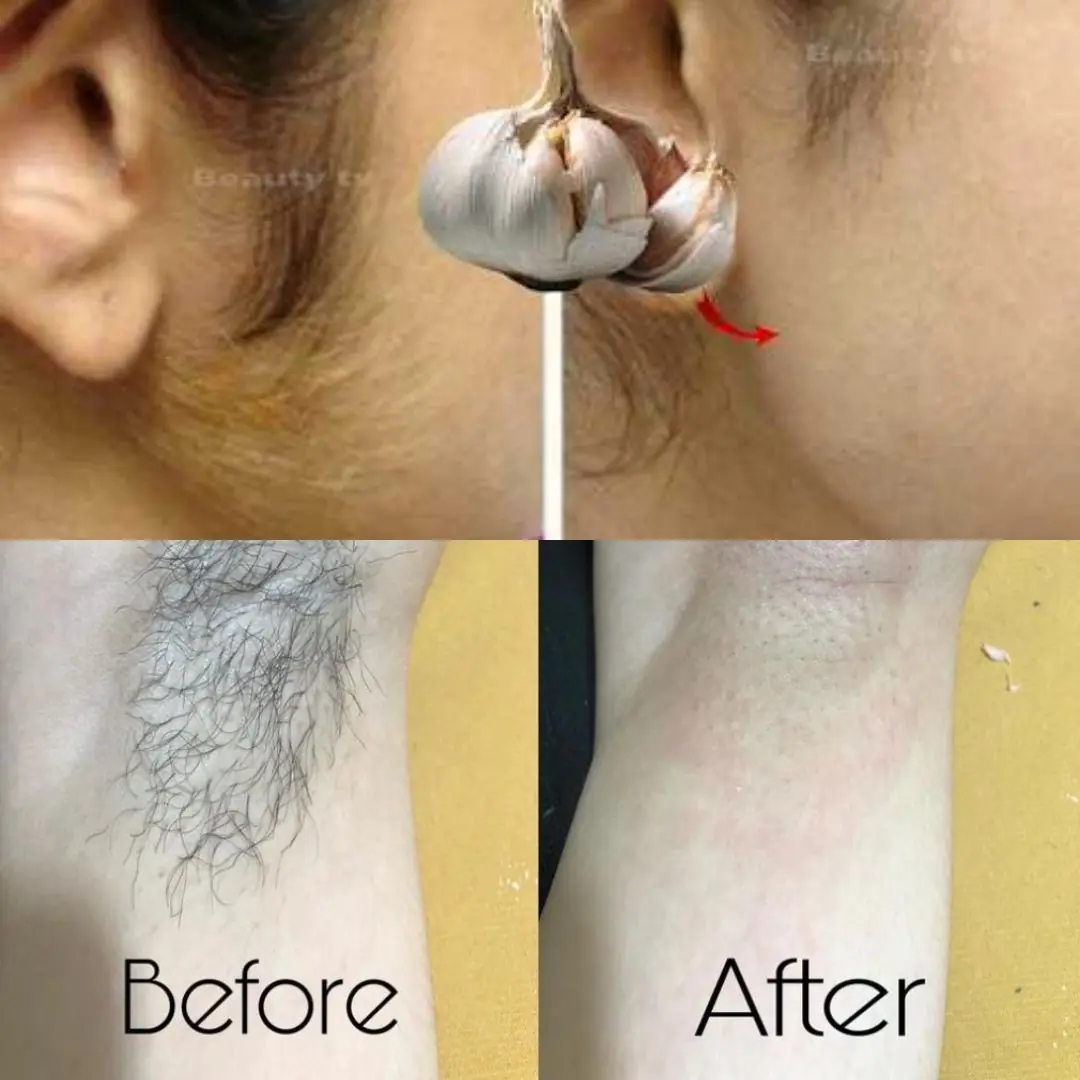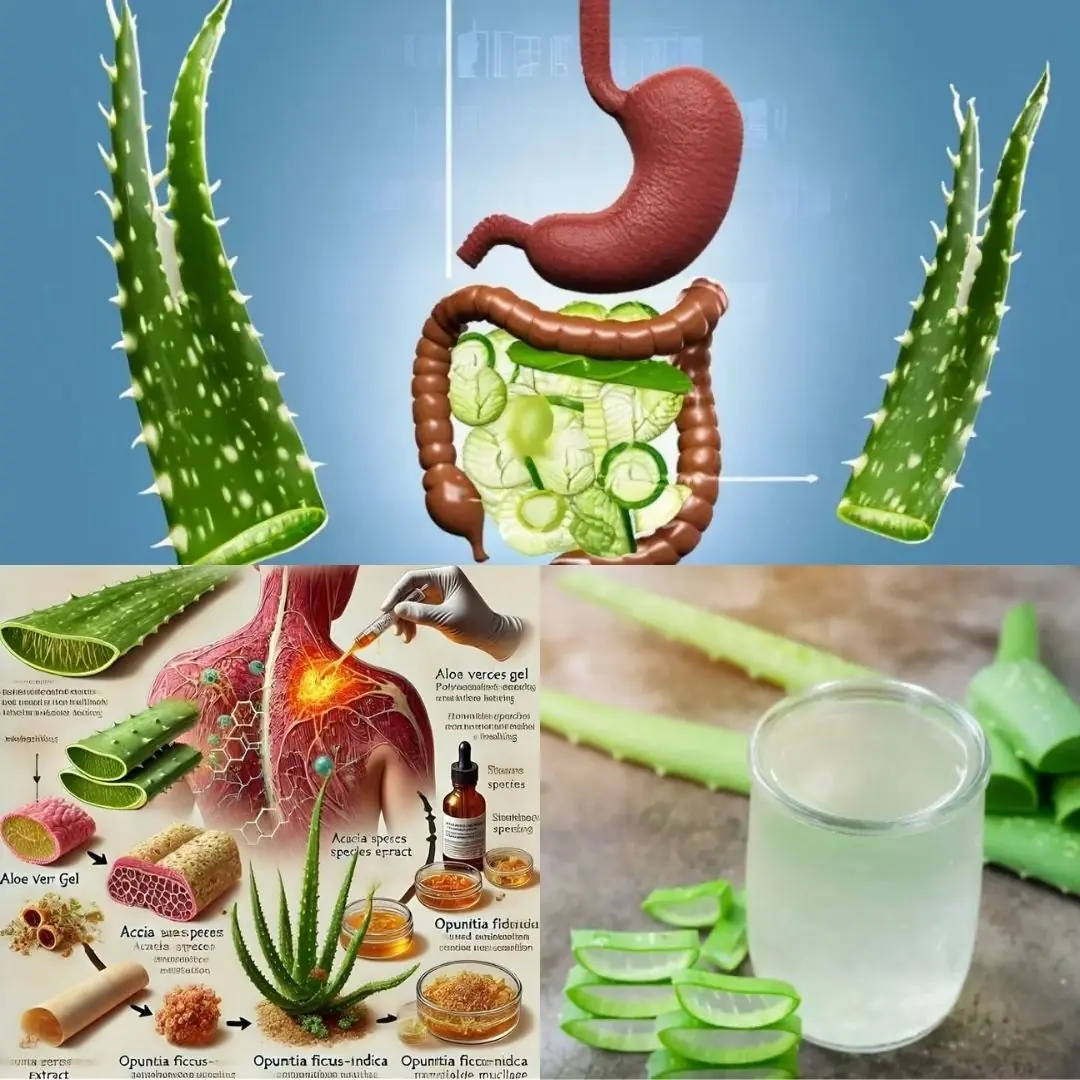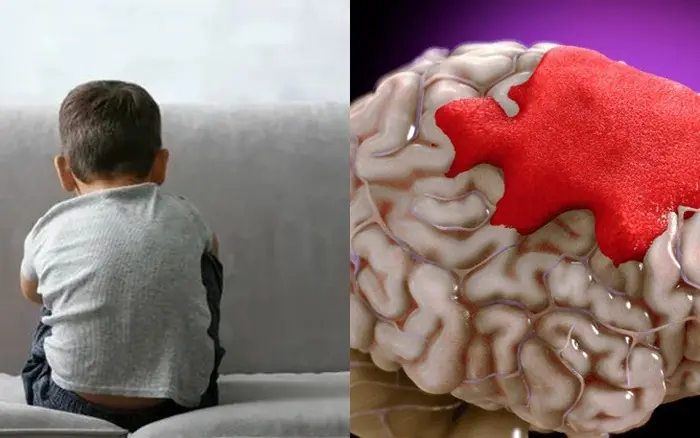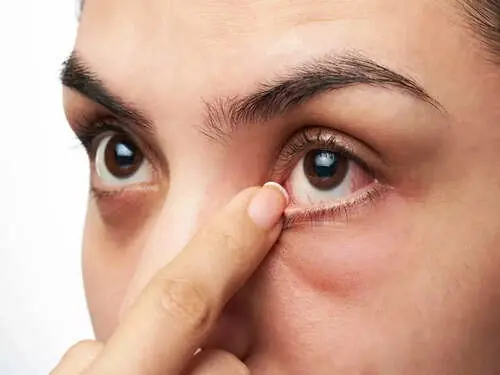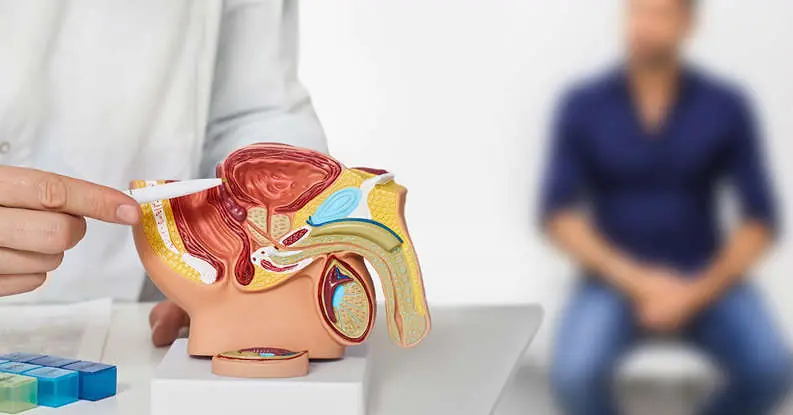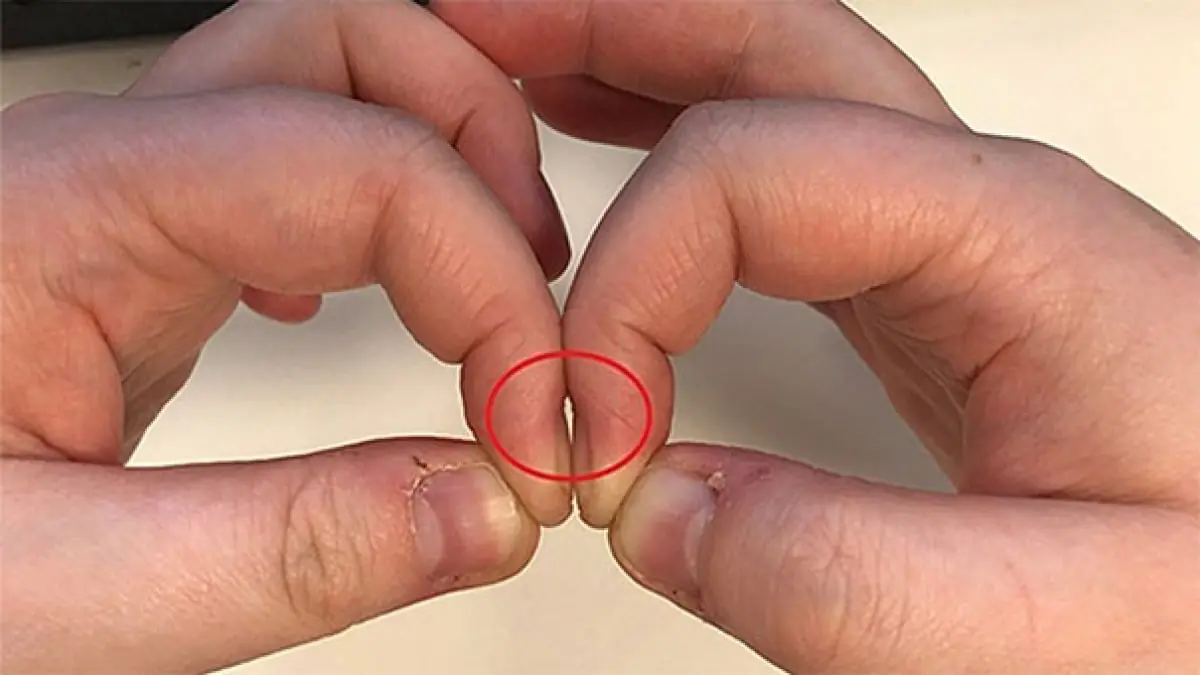The body is an incredible system where every organ is connected, often in surprising ways. One of the most overlooked indicators of internal health is your feet. Yes, your feet can tell you a lot more than just whether you need a new pair of shoes. In fact, they might be giving you early warnings about the health of your liver.
The liver is one of the most vital organs in your body. It processes nutrients, filters toxins from your blood, regulates hormones, and plays a major role in digestion and metabolism. When something is off with your liver, your body often tries to alert you through physical signs—and your feet are one of the first places those signs can appear.
Many people ignore strange sensations, discoloration, or discomfort in their feet, not realizing that these might be early warning signs of liver dysfunction. In this article, we’ll go over 12 specific ways your feet might be trying to tell you that your liver needs attention. Some of these signs might seem minor, but when viewed in context, they can be the body’s cry for help.
1. Itchy Soles
Unexplained itching on the bottoms of your feet—especially if it’s persistent—can be one of the earliest signs of liver distress. This happens because when the liver struggles to process bile, bile salts can build up in the bloodstream and deposit under the skin, leading to intense itching. It’s often worse at night and doesn’t go away with lotion.
2. Swollen Feet or Ankles
If your feet or ankles are frequently swollen, especially by the end of the day, it could be due to fluid retention caused by liver disease. When the liver is damaged, it may stop producing enough proteins that help retain fluid in your bloodstream, leading to leakage into surrounding tissues. This swelling usually starts in the lower extremities due to gravity.
3. Red or Blotchy Feet
A reddish or blotchy appearance on the feet could be due to altered blood flow, which is sometimes a result of a poorly functioning liver. In advanced cases of liver disease, such as cirrhosis, the liver’s ability to regulate blood circulation decreases, which can show up as changes in the color or appearance of your feet.
4. Foot Cramping or Muscle Weakness
Your liver stores glycogen, which is converted into glucose for energy. If liver function is impaired, your body may not get enough fuel, and your muscles—including those in your feet—might cramp or feel unusually weak. This is more likely to occur when walking or standing for long periods.
5. Tingling or Numbness
Peripheral neuropathy, a condition that causes tingling or numbness in the hands and feet, can be linked to liver issues, especially those caused by alcohol or viral hepatitis. If you feel pins and needles or a buzzing sensation in your feet and there’s no obvious reason, your liver might be involved.
6. Dry, Flaky Skin on Your Feet
When the liver is unable to regulate hydration and remove toxins effectively, it can lead to dry skin across the body, including the feet. If you have dry, cracked heels or flaky patches that don’t improve with moisturizers, it could be a sign of an internal imbalance rather than just poor foot care.
7. Yellowing Toenails or Skin
Jaundice, a condition where the skin or the whites of the eyes turn yellow, is a classic sign of liver problems. While most people notice jaundice on the face first, your toenails or the skin around your toes might also start to yellow. This happens due to a buildup of bilirubin, a waste product the liver is supposed to remove.
8. Spider Veins or Broken Capillaries
The liver helps manage the balance of hormones and blood vessels. When liver function declines, you may see tiny red lines—known as spider angiomas—on your feet and ankles. These are dilated blood vessels that appear close to the skin’s surface. While they’re more common on the upper body, they can show up on the feet too.
9. Cold Feet
Constantly cold feet, even in warm weather, might be a circulation issue stemming from poor liver function. The liver plays a key role in blood flow regulation. If your liver is compromised, your extremities might not get enough warm blood, leading to chronically cold toes and feet.
10. Bruising Easily on the Feet
If you’re noticing more bruises than usual on your feet or lower legs, your liver might not be producing enough of the proteins necessary for clotting. This is often a sign of an underlying issue, such as cirrhosis or advanced liver inflammation, and should not be ignored.
11. Discolored Toenails
While discolored toenails can result from fungal infections or injury, they can also indicate internal problems. A bluish hue may suggest oxygen or circulation issues. Yellowing or thickened nails may also accompany liver conditions due to immune dysfunction or poor nutrient absorption.
12. Pain in the Right Foot or Lower Leg
Though it may seem strange, pain in the right foot or lower leg could occasionally reflect tension from your liver, especially if the liver is enlarged or inflamed. This is more common when liver issues cause general body inflammation, which can create nerve tension or muscle imbalances that affect your gait and foot comfort.
Why the Feet?
You may be wondering—why would liver problems show up in the feet of all places? The answer lies in the fact that your feet are farthest from your heart and liver, making them especially vulnerable to circulatory problems. The liver also has a direct influence on your lymphatic and venous systems, which control fluid balance and waste elimination. When the liver is overloaded or sluggish, these systems become strained, and signs of imbalance often appear in the lower body first.
In reflexology, the liver is mapped on the right foot. Practitioners of reflexology and Traditional Chinese Medicine have long recognized a connection between foot health and liver function. Tenderness in specific points of the foot can reflect internal imbalances, which is why foot massages often target these areas.
Supporting Liver Health Naturally
If you recognize some of these signs in your feet, don’t panic. Many liver issues can be managed or even reversed with lifestyle changes, depending on their severity. Here are a few natural ways to support your liver:
-
Hydrate well: Water helps flush toxins and supports metabolic function.
-
Eat liver-friendly foods: Garlic, turmeric, beets, cruciferous vegetables (like broccoli and cauliflower), lemon water, and leafy greens are excellent.
-
Limit alcohol: Alcohol is processed by the liver and can contribute to inflammation and damage if consumed excessively.
-
Avoid processed foods and added sugars: These contribute to fatty liver disease and toxin buildup.
-
Exercise regularly: Physical activity helps stimulate circulation and encourages the liver to function optimally.
-
Use herbs wisely: Milk thistle, dandelion root, and artichoke leaf are commonly used in natural liver detox protocols. Always consult a healthcare professional before starting herbal remedies.
-
Get regular checkups: Blood tests like liver enzyme panels can provide insight into how well your liver is working.
Final Thoughts from Barbara O’Neill
Barbara O’Neill has often said that the body speaks through symptoms—our job is to listen. According to her, the feet are one of the most neglected parts of the body, and yet they often give the clearest signs of what’s happening internally. If your feet are itching, swelling, changing color, or simply feeling “off,” take a moment to think about your liver. What have you been eating, drinking, or exposing your body to?
She reminds us that the liver is the most forgiving organ—it can regenerate and heal itself when given the right support. The earlier we recognize the signs and adjust our lifestyle, the more we can protect and restore our liver’s function naturally.
If your feet are trying to tell you something, don’t ignore them. From itching to swelling to strange discoloration, these aren’t just foot issues—they may be messages from your liver asking for help. Listen to your body. Take action. And give your liver the love it needs to keep your entire system running smoothly.

